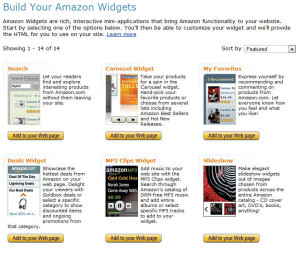Redirected affiliate links will enable you to have shorter links, track your number of outbound clicks, and quickly change out the links to try other affiliate programs.
 There are WordPress plugins that make the process of redirecting links quick and easy.
There are WordPress plugins that make the process of redirecting links quick and easy.
I mostly use one called Pretty Link.
I also have one installed on some sites called ThirstyAffiliates.
Additionally, I use bit.ly Pro, which is a free service that enables me to use my own domain to make redirect links. I use aff.bz there.
With Pretty Link and many other options, I am able to see the number of unique and total clicks out, date created, and I can group the links to more efficiently manage them and specify whether they should be “no follow”.
I use a free version of Pretty Link, but there is also a paid version that provides added functionality, such as double redirection, keyword replacements, URL replacements, URL rotations, split tests, etc.
In addition to the opportunity to gain some insight into the performance of the links, redirected affiliate links also enable you to safeguard your links, because sometimes an affiliate program will close without notice, or you might simply wish to promote a competitor.
It's helpful that you can quickly switch out the destination of the links.
Additionally, if you are promoting affiliate links in places with character limitations, such as text email or Twitter, it's essential to shrink those affiliate links.
If you are not currently redirecting your affiliate links, I'd suggest using one of the free solutions at a minimum.

